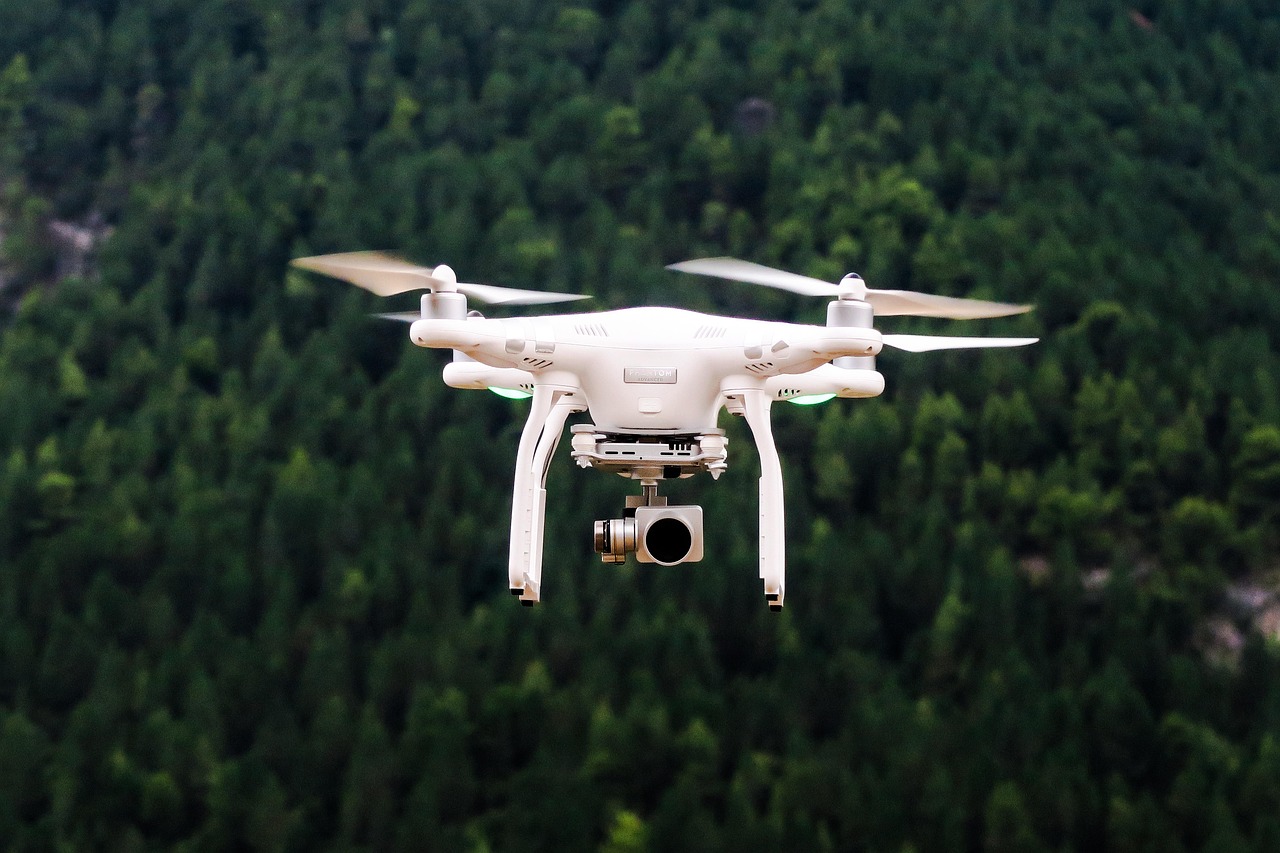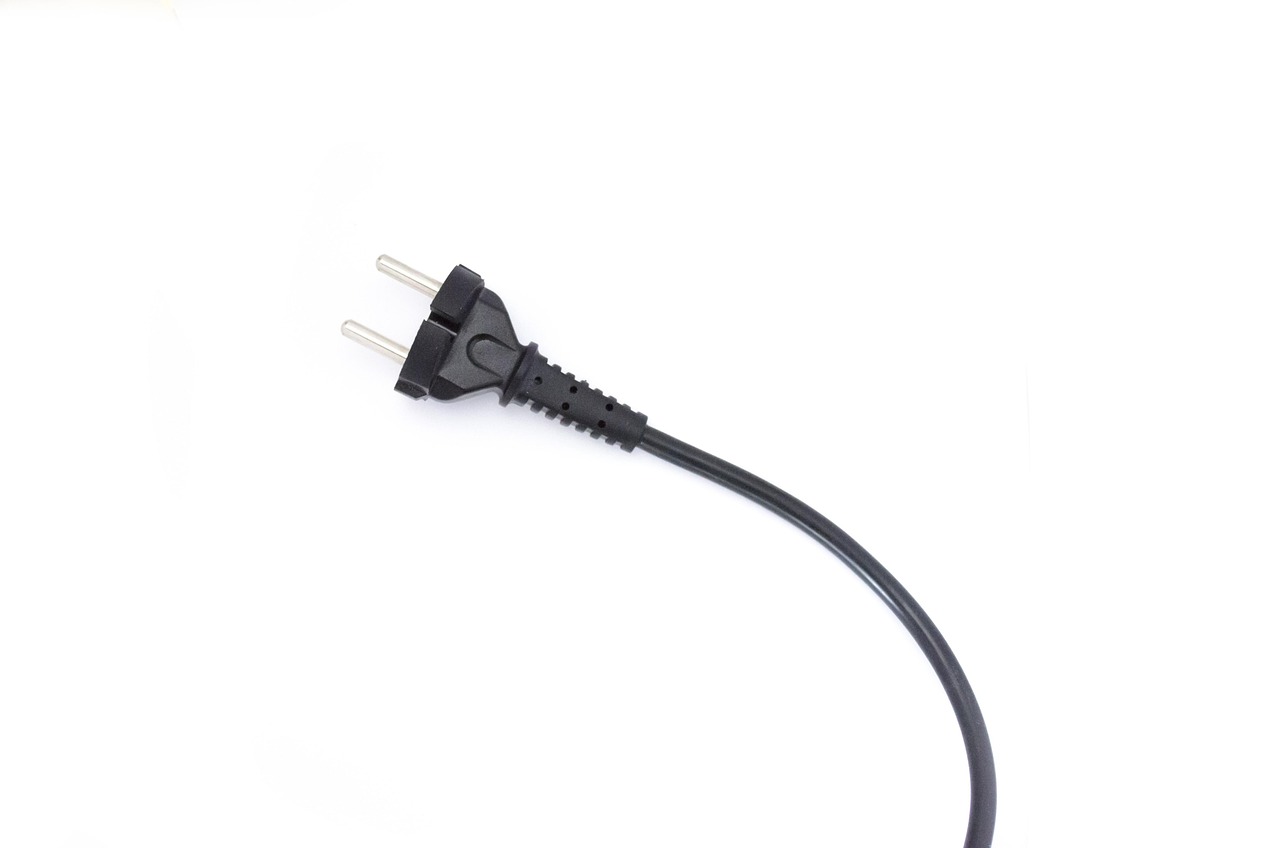Unveiling the Potential of Telecommunication Drones
The dawn of the drone age has brought about exciting possibilities in numerous sectors. One such area that has been remarkably influenced is telecommunications. As traditional systems struggle with signal coverage in challenging terrains and post-disaster scenarios, telecommunication drones have emerged as a promising solution. This article dives into the high-flying world of telecommunication drones, revealing their potential, exploring their impact, and discussing their practical applications.

From Sci-fi to Reality: The Journey of Telecommunication Drones
Telecommunication drones, often referred to as ‘Flying Cell Towers,’ were once a concept of science fiction. However, the last decade has witnessed significant advancements in drone and telecommunication technology, bringing this concept to life. Companies like Google and Facebook have invested heavily in this technology, envisioning a future where drones play a crucial role in providing seamless connectivity.
Sky High Potential: What Telecommunication Drones Promise
Telecommunication drones promise to address several issues that traditional systems grapple with. They can cover large areas, especially those with difficult terrains or those affected by natural disasters, where setting up traditional infrastructure is challenging. They can also provide temporary coverage in crowded events or during periods of high demand, supplementing ground-based systems.
The Impact: How Telecommunication Drones Are Changing the Game
The impact of telecommunication drones is already being felt across the world. For instance, in the aftermath of Hurricane Maria in Puerto Rico, telecommunication drones were deployed to restore connectivity in affected areas, highlighting their potential in disaster recovery. Similarly, they can also be instrumental in bringing connectivity to remote and rural regions, contributing to bridging the digital divide.
Challenges Ahead: Roadblocks in the Path of Telecommunication Drones
Despite their potential, telecommunication drones face several challenges. Regulatory hurdles, privacy concerns, and technical issues like power supply and signal interference are some of the roadblocks. Addressing these challenges requires concerted efforts from policymakers, industry players, and technology developers.
Practical Applications: Telecommunication Drones in Action
Telecommunication drones have found applications in various fields. Apart from disaster recovery and rural connectivity, they are being used for traffic management, event coverage, and even wildlife conservation. As the technology evolves, the applications are expected to diversify further.
In conclusion, telecommunication drones present a revolutionary approach to ensuring seamless connectivity. While challenges exist, their potential to transform the telecom landscape is undeniable. As we brace for a future where connectivity is more crucial than ever, telecommunication drones could very well be the game-changers we need.





